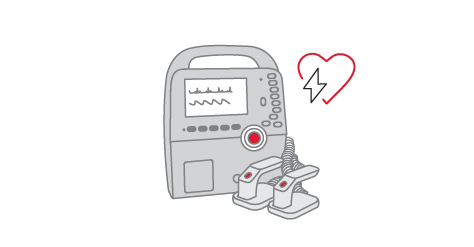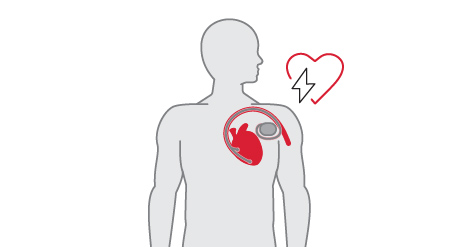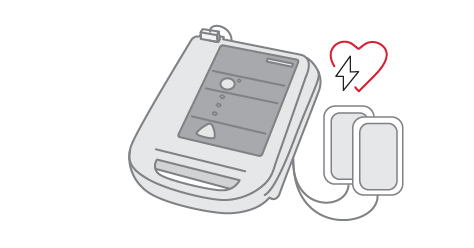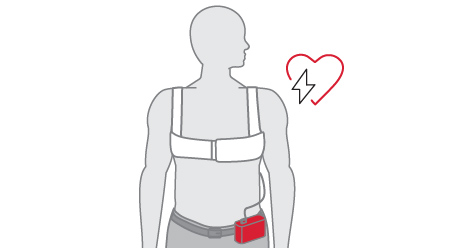A Guide to Defibrillation
By Pacific Medical Training
Still not sure what defibrillation actually is? Brush up on your defib knowledge with this article by Pacific Medical Training.
You can read it in full here, or a segment of it below.
Still not sure what defibrillation actually is? Brush up on your defib knowledge with this article by Pacific Medical Training.
You can read it in full here, or a segment of it below.
A defibrillator is a device that sends electrical energy, or shock, to the heart. The aim of using a defibrillator is to treat cardiac arrest. The need for this generally arises when the patient has ventricular fibrillation or ventricular tachycardia, which are life-threatening arrhythmias that occur when contraction of the ventricles become abnormal. Defibrillators have electrocardiogram (ECG) leads and adhesive patches (or paddles). The adhesive electrodes are the patches placed on the patient’s chest that deliver the electric shock.
There are different kinds of defibrillators in use today. They include the manual external defibrillator, manual internal defibrillator, automated external defibrillator (AED), implantable cardioverter-defibrillator (ICD), and wearable cardiac defibrillator.

These defibrillators require more experience and training to effectively handle them. Hence, they are only common in hospitals and a few ambulances where capable hands are present. In conjuntion with an ECG, the trained provider determines the cardiac rhythm and then manually determines the voltage and timing of the shock—through external paddles—to the patient’s chest.

Another name for this is automatic internal cardiac defibrillator (AICD). They constantly monitor the patient’s heart, similar to a pacemaker, and can detect ventricular fibrillation, ventricular tachycardia, supraventricular tachycardia, and atrial fibrillation. When an abnormal rhythm is detected, the device automatically determines the voltage of the shock to restore cardiac function.
The manual internal defibrillators use internal paddles to send the electric shock directly to the heart. They are used on open chests, so they are only common in the operating room. It was invented after 1959.

These are defibrillators that use computer technology, thereby making it easy to analyze the heart’s rhythm and effectively determine if the rhythm is shockable. They can be found in medical facilities, government offices, airports, hotels, sports stadiums, and schools.

Further research was done on the AICD to bring forth the wearable cardiac defibrillator, which is a portable external defibrillator generally indicated for patients who are not in an immediate need for an AICD. This device is capable of monitoring the patient 24-hours-a-day. It is only functional when it is worn and sends a shock to the heart whenever it is needed. However, it is scarce in the market today.